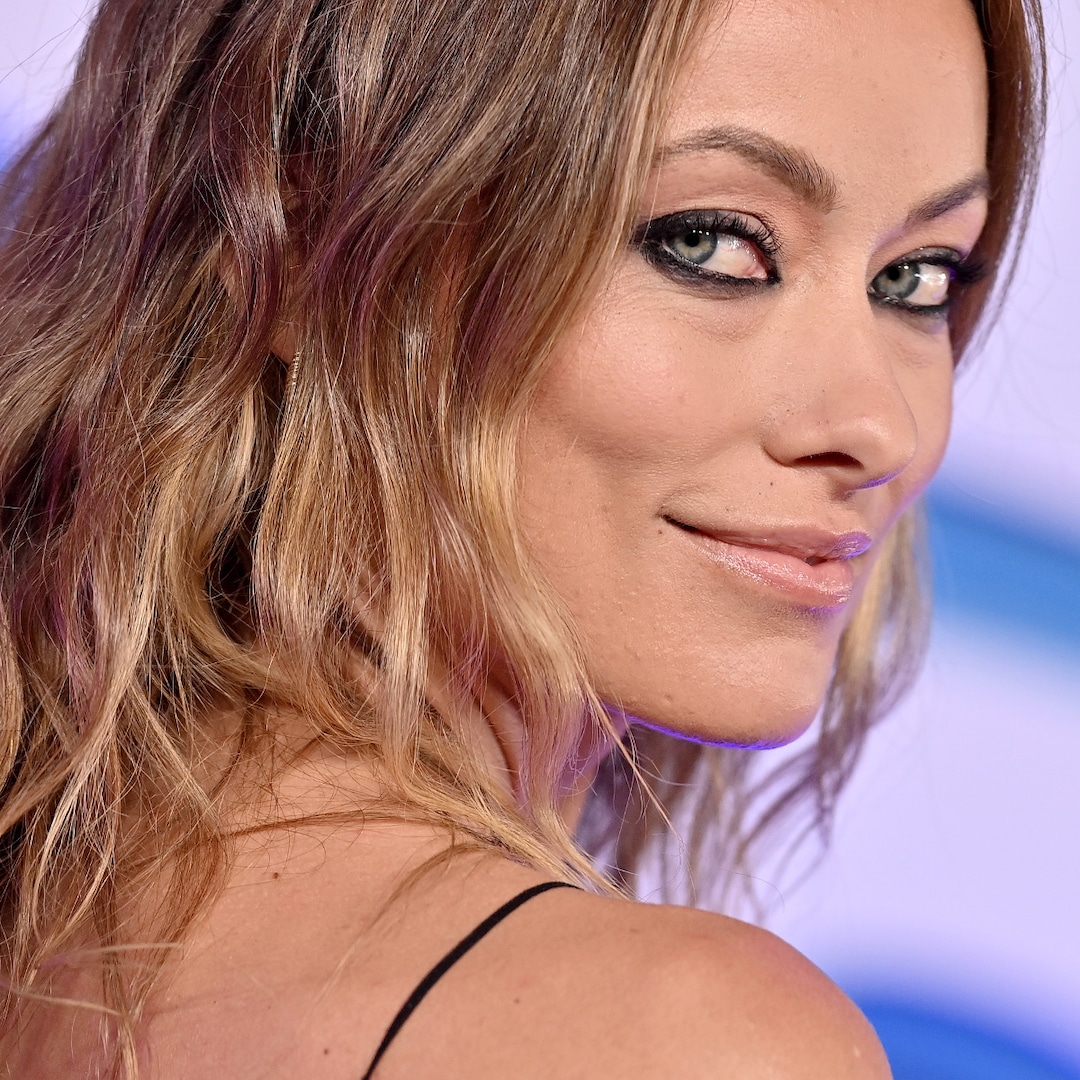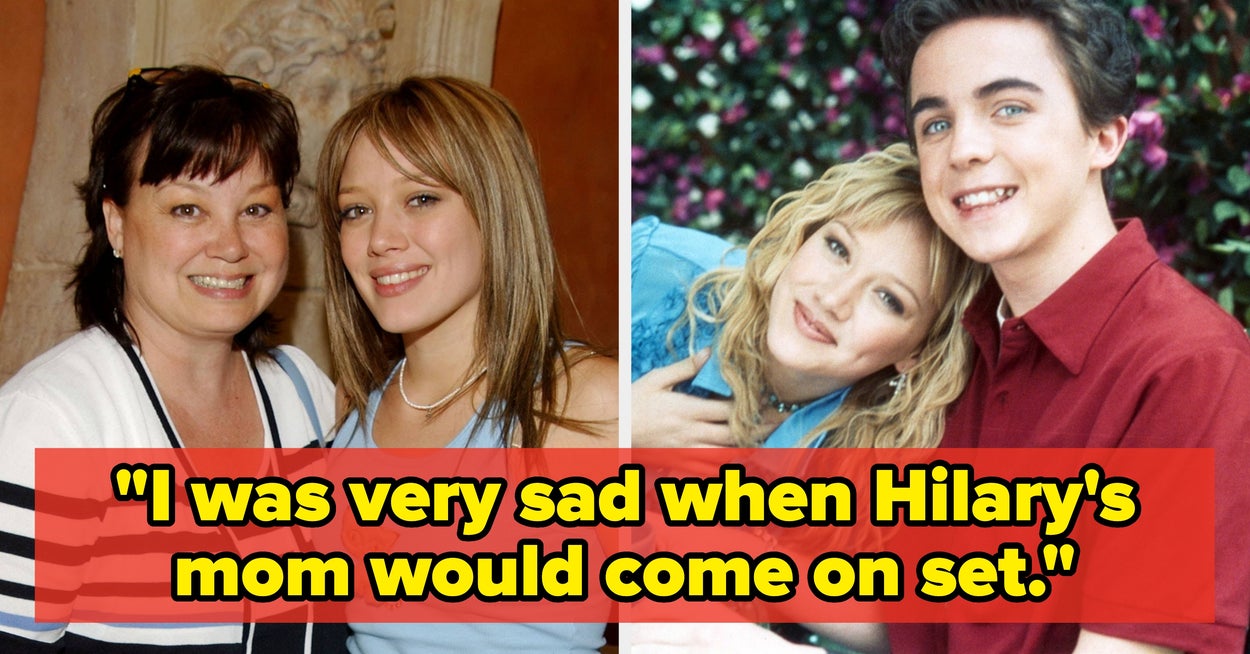Posted by Larry Gleeson
Director Spike Lee, known for his race films, through the New Black Realism film BlacKkKlansman creates a space for “Black voices, Black history, and Black culture.” (Diawara). Lee is challenging the relationship of Blackness and Americanness through white supremacists and mainstream characters who empathizes, support, and espouse their whiteness ideology. I will closely analyze the opening scene and decode moments in BlacKkKlansman to support my dominant reading argument. BlacKkKlansman, a social problem film of non-assimilation and an inversion of the classical Hollywood black and white buddy film narrative of the early 1990’s, is a 2018 American biographical crime dramedy based loosely on the 2014 memoir, Black Klansman by Ron Stallworth. Spike Lee won an Academy Award for his BlacKkKlansman screenplay adaptation of Stallworth’s memoir. Stallworth was a Colorado Springs police officer in the 1970’s who successfully broke the color barrier of the Colorado Springs police department. The film is set during the Civil Right Movement of the early 1970’s. Lee uses Stallworth, a magical negro of sorts, passing for a white supremacist to integrate the “Organization,” of the Ku Klux Klan, as the film’s main character. According to Delphine Letort, in her paper, Introduction: BlacKkKlansman, “On the Right Side of History”? argues “Director Spike Lee uses the autobiographical narrative as a source text to trace the roots of the Trumpian rhetoric in a history of nativist activism, embedded in the history and the images of Hollywood.” (Letort).
Lee uses classical Hollywood nostalgic cinema to frame the film’s subtext. In the opening scene, the first thing the viewer sees is a scene of a large outdoor infirmary in Gone with the Wind. A crane tracking shot leads the viewer while nostalgic non-diegetic music shows hundreds of wounded soldiers. A Southern Belle is heard calling out for Dr. Meade. The final image slowly comes into frame. It is a panning shot that reveals a Confederate flag. A cut is made to a black and white frame, of a distinguished man in a suit and tie moving left in front of a Confederate flag. A red text overlay informs the person as Dr. Kennebrew Beauregard. Dr. Beauregard, an extreme ethnocentric xenophobe, addresses the camera, breaking the fourth wall inviting the viewer into the scene. Dr. Beauregard. begins, “My fellow Americans they say we may have lost the battle, but we didn’t lose the war. Yes, my friends we are under attack…The camera pushes in very fast and frames Dr. Beauregard. in a Hollywood close-up. Lee uses pointed white supremacist dialogue, “We are under attack …we are living in an era marked by the spreads of integration and miscegenation.” A cut is made to two film reels starting. then cuts to a projector. A loud diegetic “Ha!” comes from off-screen as a cut is made to another Hollywood Closeup of Dr. Beauregard. standing in a darkened room in front of a projection screen with 1950’s black and white archival footage covering Beauregard. Lee uses these images as throwback to the time of the Trump slogan Make America Great Again. Dr. Beauregard speaks referencing the Brown decision. U.S. Supreme Court Justice Earl Warren delivered the unanimous ruling in the landmark civil rights case Brown v. Board of Education of Topeka, Kansas, on May 17, 1954, that State-sanctioned segregation of public schools was a violation of the 14th amendment and was therefore unconstitutional. “The Brown decision…from within…The Brown decision forced upon us by the Jewish-controlled puppets on the US Supreme Court compelling white children to go to school with an inferior race.”
The camera pulls out. With Dr. Beauregard in a medium shot with black and white archival footage showing a soldier watching as the Arkansas Nine walk toward a school. Dr. Beauregard continues speaking with “It’s the final Nail…” clears his throat and the camera pushes in for a Hollywood close-up. Dr. Beauregard resume speaking with “The final nail,” and inserts the word “black” before finishing with coffin. “Towards America becoming a mongrel nation.” A transition is made to an extreme closeup of Dr. Beauregard with low angle front lighting that cast a black shadow towering over Dr. Beauregard from the screen. Dr. Beauregard begins with “We had a great way of life.” Then begins repeating the phrase but extorts in rapid fire with vocal exercise “Ma ma ma ma.” Footage from D.W. Griffith’s 1915 race film, Birth of a Nation, starts. A transition revealing the camera has pulled out revealing Dr. Beauregard in a medium shot and in full color with a blue-gray suit, a white shirt, and a red polka dot tie. Dr. Beauregard resume with “We had a great way of life,” three times in succession modulating each phrase differently.
Moreover, as the footage is rolling black images dance across Dr. Beauregard face. As Dr. Beauregard finishes his last iteration of, “We had a great way of life.” A transition is made revealing a still image of blacks and whites seated as someone off frame is speaking. The image is black and white. A large black text box with white text that reads MARTIN LUTHER KING at COMMUNIST TRAINING SCHOOL is pasted across the top of the image. Off-center in the lower half of the photo a large black arrow-shaped text box houses red capital letters, KING – identifying Martin Luther King, Jr. Dr. Beauregard continues with “until the Martin Luther Coons of this world and their army of commies….” A cut is made pushing in on Killebrew with an extreme close-up in red low angle direct light with Birth of a Nation rolling on the projection screen and dark images dance on Killebrew’s face. “Started their civil rights assault against on holy white Protestant values. Do you really want…” A transition reveals a text card from Griffith’s film reading “Historic incidents from the first legislative session under Reconstruction. Dr. Beauregard continues with, “your precious white child going to school with Nigro’s.” A transition to the Birth of a Nation’s legislative session footage as Dr. Beauregard continues with, “they’re lying, dirty monkeys. Stopping at nothing to gain their equality with white men.” A transition is made back to Birth of a Nation with a frightened white woman hiding in the brush, uttering “oh, my god” The film cuts to a black-faced man bursting through a thicket reaching out with a crazed, lascivious look on his face.
Another transition is made back to Dr. Beauregard standing in front of the screen with Birth of a Nation being projected onto Dr. Beauregard and the screen. Dr. Beauregard is in a medium shot with full-color in a blue suit, white shirt, and red-polka dot tie speaking to the camera, “Craving the virgin white… Dr. Beauregard calls off-screen for a note, “Is it virgin pure?” An off-screen female answers succinctly, “Yes.” Dr. Beauregard continues with “rapists, murders…” as the film transitions back to Griffith’s black and white, Birth of a Nation, revealing a crazed looking man close to the ground in a simian pose, “craving the virgin, white, pure flesh of white women…” as footage reveals a woman jumping off a cliff with a diegetic scream to escape her black pursuer. A loud Dr. Beauregard belts out with a term used to describe black youths in the 1990’s, “They’re super predators!” as his figure is animated dark black with a few white spots on an otherwise dark black figure as the Birth of a Nation footage continues to project onto the screen behind Dr. Beauregard with the word race projected onto Dr. Beauregard face approximately where his lips and mouth are. The blackness of his figure and the accompanying shadow cover approximately ninety percent of the screen.
A cut is made to Dr. Beauregard in full color with a low angle lighting configuration. As he continues his assault on blacks, “and the Negros insidious tactics under the tutelage of high-ranking, blood-sucking Jews…” A cut is made to Dr. Beauregard in an extreme closeup with red lighting as he ramps up his rhetoric with, “Using an army of outside Northern black beasts…what is it black beasts? Agitators?” an off-screen voice interjects, “Agitators.” Dr. Beauregard in a high-tempered manner delivers, “God! God watch this! A cut is made as Dr. Beauregard reiterates, ““Using an army of outside Northern black beast agitators determined to overthrow the God-commanded and Biblically inspired rule of the white race.” The film transitions to a black screen with white letters from a Birth of a Nation cue card. Dr. Beauregard eyes and glasses can be seen briefly. A cut returns to a medium shot of Dr. Beauregard in color with blue suit, white shirt and red polka dotted tie, as he continues his tirade with, “It’s an international conspiracy.”
The film cuts to Dr. Beauregard in an extreme closeup with red lighting and Birth of a Nation projected onto the screen behind Dr. Beauregard “May God bless us all.” Somber music plays as the off-screen female voice calls out, “May God bless you, too, sir.” A cut is made to a black and white frame. A push in towards a projector beaming grainy white light ends the scene as a transition is made to colorized frame of a rock face like the rock formation of the woman jumping to her death to escape her predator. “These historical allusions rely on Baldwin’s exaggerated SNL-like persona to handhold audiences across time: echoes of Baldwin’s performances as President Donald Trump flit through Beauregard’s repeating “integration, miscegenation” as the faux white supremacist revolts at the prospect of improved citizenship status for Black people. American greatness would be at risk should Black and white children learn together: Beauregard’s hostilities fire and misfire directly into the camera lens as dress rehearsals of Lee’s 1950s PSA upholding the principles of segregation.” (Baker)
Through the dialogue, camerawork, lighting, setting, costumes, editing, and sound, Lee gives a white supremacist meaning to the scene in relation to the representation of race and African American stereotypes. In the opening scene race is represented with the notion that white people have the Biblically decreed right top rule over all the other races. Blacks are represented as dirty, filthy monkeys, as Northern black beast agitators, and as civil rights communists, trying to prove their equal worth to the white man. Whites through Dr. Beauregard’s clothing, posture, as astute and knowledgeable. Yet, at the same time Dr. Beauregard appears ridiculous with his coughing, clearing of his throat, the editing showing black and white imagery, red lighting, and film projection covering Dr. Beauregard in humorous ways. Lee uses the opening scene to provide an historical record of racism through the 100 years between the Civil War and the present time, while mocking the white supremacist, Dr. Beauregard. The scene is about racism and how it is spread through public personas and through the state ideological apparatus media. This scene is relevant as it allows this type of rhetoric to be normalized. The scene sets the groundwork for the rest of the film to build its case that racism has continued to exist and is ongoing in present time.
In the film’s final scene Patrice and Ron make their way down the hallway, a burning cross is visible in the distance. Lee cuts to the cross-burning event at the Black Lives Matter protest in Charlottsville, Virginia, with a formation of torch-bearing white men converging and chanting, “We will not let Jews replace us.” Racism and prejudices against blacks and Jews are normalized in BlacKkKlansman. As the film ends an homage is made to Heather Heyer, a twenty-year-old woman hit and killed by a white nationalist driver. An upside-down flag (a country in dire distress) covers the screen. Lee’s cinematic representation of the black civil rights is stylish with his implementation of floating glamor headshots.
In my opinion, the ideological meaning of BlacKkKlansman is that racism, antisemitism, and white supremacy are as valid today as they have ever been. And the stakes are as high as they have ever been. Former President Donald Trump is running for a second non-consecutive term as President of the United States. Trump was indicted on August 1, 2020, for crimes against the American people and “schemes by Trump and his allies to subvert the peaceful transfer of power and keep him in office despite a decisive loss,” (PBS) Trump called out the Proud Boys during the first Presidential debate. The Proud Boys consider themselves “Western chauvinists” who romanticize a traditional, male-dominated version of Western culture. While the Proud Boys vehemently deny adhering to a racist ideology, the organization is deeply rooted in white nationalism and misogyny. (Jensen,Yates, and Kane) According to a New York Times article Published Sept. 29, 2020Updated Jan. 20, 2021, by Sheera Frenkel and Annie Karni. When asked whether he condemned white supremacists and military groups, Mr. Trump demurred and then said, “Proud Boys — stand back and stand by.” Former President Donald Trump is running for a second non-consecutive term as President of the United States. Trump was indicted on August 1, 2020, for crimes against the American people and “schemes by Trump and his allies to subvert the peaceful transfer of power and keep him in office despite a decisive loss,” (PBS) Trump called out the Proud Boys during the first Presidential debate. According to a New York Times article Published Sept. 29, 2020Updated Jan. 20, 2021, by Sheera Frenkel and Annie Karni, when asked whether he condemned white supremacists and military groups, Mr. Trump demurred and then said, “Proud Boys — stand back and stand by.”
And finally, Jayson Baker’s article considers Lee’s film as illustrative of “Blacklash cinema,” which he defines as a wave of films using “sheets of the past” to comment on the present. The author thus demonstrates how white supremacy has coded itself into Hollywood cinema-including plantation films such as Gone with the Wind and The Birth of a Nation- while there is no cinematic convention for denouncing racial injustice. BlacKkKlansman therefore invents a new time-space temporality for the adaptation of Stallworth’s story, showing how cultural images of the past continue to bear on the present. (Baker) This “blacklash” entangles thought and action making explicable the Barack Obama presidency…. A Black president symbolically eclipses centuries of structural racisms securing white privileges that find their basis in white supremacy. Some whites feel their status has been downgraded by the perceived upward mobility of Black Americans signaled in no small part by the Obama administration. (Baker)
People need to understand the concept of being on the right side of history and the possibility of a white nationalist character unleashing pain and suffering on Other groups in a lawful society through the bully pulpit and by advancing a white supremacist ideology. BlacKkKlansman is generally regarded as Lee’s strongest film in recent years and stands as a testament to the ongoing racism in America. and the distinct possibility of America going further into hegemonic mainstream politics. In my opinion, the ideological meaning of BlacKkKlansman is that racism and white supremacy are as valid today as they have ever been. And the stakes are as high as they have ever been. Ron is told in BlacKkKlansman that he is naïve if he doesn’t think the mainstreaming of KKK rhetoric might someday lead to someone with those views occupying the White House. (Benshoff) I believe the continued existence and the potentiality for a resurgence of the KKK and the ascendance of white supremacists into critical and key positions within a second Trump Presidential Administration would not only be possible but probable and problematic.
Works Cited
Baker, Jason. BlacKkKlansman and the ‘Sheets of the Past’: Toward a Theory of Blacklash Cinema.https://www.proquest.com/docview/2647740944/abstract/E78C75DBB3624B29PQ/1?accountid=28576&sourcetype=Scholarly%20Journals Black Camera: Bloomington. Vol. 13, Iss. 2 (Spring 2022): 282-294. Accessed 20 October 2024
Benshoff, Harry M.; Griffin, Sean. America on film: representing race, class, gender, and sexuality at the movies https://cacclsbarbara.primo.exlibrisgroup.com/discovery/delivery/01CACCL_SBARBARA:SBARBARA/1241872840005285 3rd Edition. Wiley Blackwell, April 20, 2021
Diawara, Manthia. “Black American Cinema: The New Realism.” FS 109, Prof Maestu. Accessed 20 Oct. 2024
Jensen, Michael, Elizabeth Yates, and Sheehan Kane. 2022. “Proud Boys Crimes and Characteristics.” College Park, MD: START. https://www.start.umd.edu/sites/default/files/publications/local_attachments/Proud Boy Crimes and Characteristics January 2022 FINAL.pdf University of Maryland, January 2022 Accessed 20 Oct. 2024.
Letort, Delphine. “Introduction: BlacKkKlansman, “On the Right Side of History”?”sbcc.idm.oclc.org/login?url=www.proquest.com/scholarly-journals/introduction-blackkklansman-on-right-side-history/docview/2647740450/se-2?accountid=28576.Black Camera; Bloomington Vol. 13, Iss. 2, (Spring 2022): 203-206. Accessed 20 Oct. 2024
https://www.archives.gov/mil (https://www.archives.gov/milestone-documents/brown-v-board-of-education)estone-documents/brown-v-board-of-education Accessed 20 Oct. 2024.
https://www.nbc (Bogert)news.com/news/us-news/analysis-how-media-created-superpredator-myth-harmed-generation-black-youth-n1248101 Accessed 20 Oct. 2024.
https://www.nytimes.com/2020/09 (Frenkel)/29/us/trump-proud-boys-biden.html Accessed 20 Oct. 2024.
https://www.pbs.org/newshour/politics/watch-live-trump-indicted-on-federal-charges-in-jan-6-case-special-counsel-jack-smith-announces Accessed 20 Oct. 2024




















